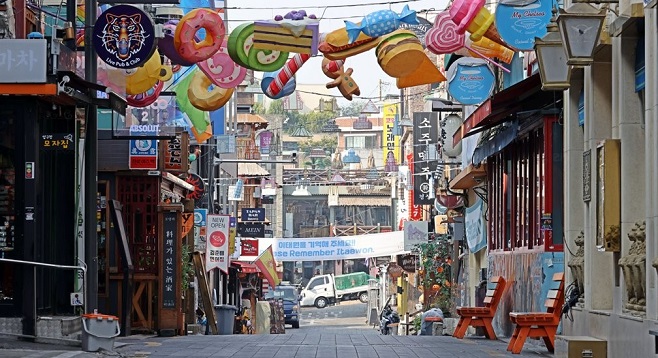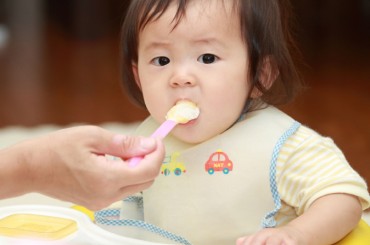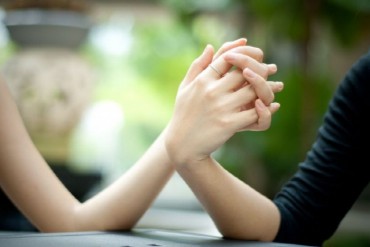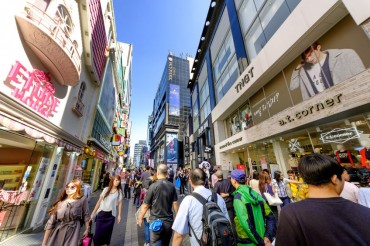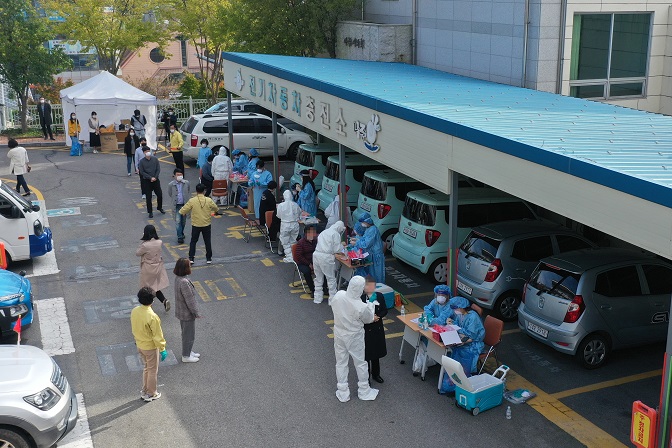
Public officials receive coronavirus tests at a parking lot of City Hall in Naju, South Jeolla Province, southeastern South Korea, on Oct. 26, 2020, after one of the Naju municipal government’s officials was confirmed to have been infected with the COVID-19 virus. (Yonhap)
SEOUL, Oct. 26 (Korea Bizwire) — South Korea’s daily new coronavirus cases bounced back to over 100 on Monday again despite the lower number of tests carried out over the weekend, as sporadic cluster infections, noticeably at nursing facilities and gatherings, continued to emerge.
The country added 119 more COVID-19 cases, including 94 domestic infections, raising the total caseload to 25,955, according to the Korea Disease Control and Prevention Agency (KDCA).
It marked a sharp rise from 61 cases reported Sunday and 77 from Saturday.
The KDCA attributed the latest uptick to the rising number of cluster infections at medical facilities, such as nursing homes, and family and small gatherings in the greater Seoul area.
The authorities have also said the surge in new daily virus cases is especially worrisome considering the fact that fewer tests are usually carried out over the weekend compared with weekdays.
Given the ups and downs in daily new virus cases, health authorities have been saying that the country’s COVID-19 pandemic is at a manageable level since it eased the social distancing scheme to the lowest level on Oct. 12, which allowed South Koreans to resume most of their daily activities while following basic guidelines.
South Korea, however, is concerned that it may face another uptick in the number of new cases due to people traveling across the nation to enjoy autumn vacation, although the country managed to avoid a new wave of the pandemic over the Chuseok holiday, which ran from late September to early October.
A possible transmission of the virus among clubbers on Halloween is also a major concern. In May, South Korea suffered major cluster infections from clubs in Seoul’s nightlife district of Itaewon. Around 270 cases were traced to the group infections.
Of the newly identified local infections, 20 cases were reported in Seoul and 65 cases in Gyeonggi Province that surrounds the capital. The greater Seoul area is home to around half of the nation’s 51.6 million population.
Incheon, west of Seoul, added three more cases, and North Gyeongsang Province reported three more infections as well.
The KDCA said cases traced to a rehabilitation hospital in Gwangju, south of Seoul, reached 135, up 20 from the previous day.
A total of 40 COVID-19 cases have been traced to a private gathering in the Guro Ward of Seoul, up 13 from the previous day.
Another 10 people have been traced to a family gathering in Changwon, 400 kilometers south of Seoul, since the first case was confirmed Sunday.
An additional 27 were confirmed with the virus at a welfare facility for the handicapped in the southern city of Yeoju, bringing the total caseload to 28, the KDCA said.
Cases traced to a nursing home in Namyangju, northeast of Seoul, reached 59, up 10 from the previous day. The facility was put under cohort isolation.
The health authorities have been conducting COVID-19 tests on all patients and people working at nursing facilities and mental institutions in the greater Seoul area since Oct. 19.
The KDCA said it is mulling over expanding the tests to other parts of the country following the results.
“It has been found that some medical facilities have not properly monitored people with symptoms,” KDCA Director Jeong Eun-kyeong said in a briefing, adding that the authorities will strengthen quarantine measures at such places.
The country added 25 imported cases.
Of the imported cases, Russia accounted for four patients, followed by India with three infections. The Philippines, Indonesia, the Czech Republic and Poland accounted for two cases each as well.
The number of seriously or critically ill COVID-19 patients came to 53, remaining unchanged from the previous day.
South Korea saw no additional deaths, keeping the total at 457.
The fatality rate reached 1.76 percent.
The authorities said a total of 14 COVID-19 patients have died over the past one week, with all of them aged 60 or older.
The total number of people released from quarantine after making full recoveries stood at 23,905, up 36 from the previous day. This indicates more than 92 percent of the COVID-19 patients reported here have recovered.
South Korea has carried out 2,552,264 COVID-19 tests, including 6,118 from the previous day. The country normally carries out more than 10,000 tests on weekdays.
(Yonhap)


